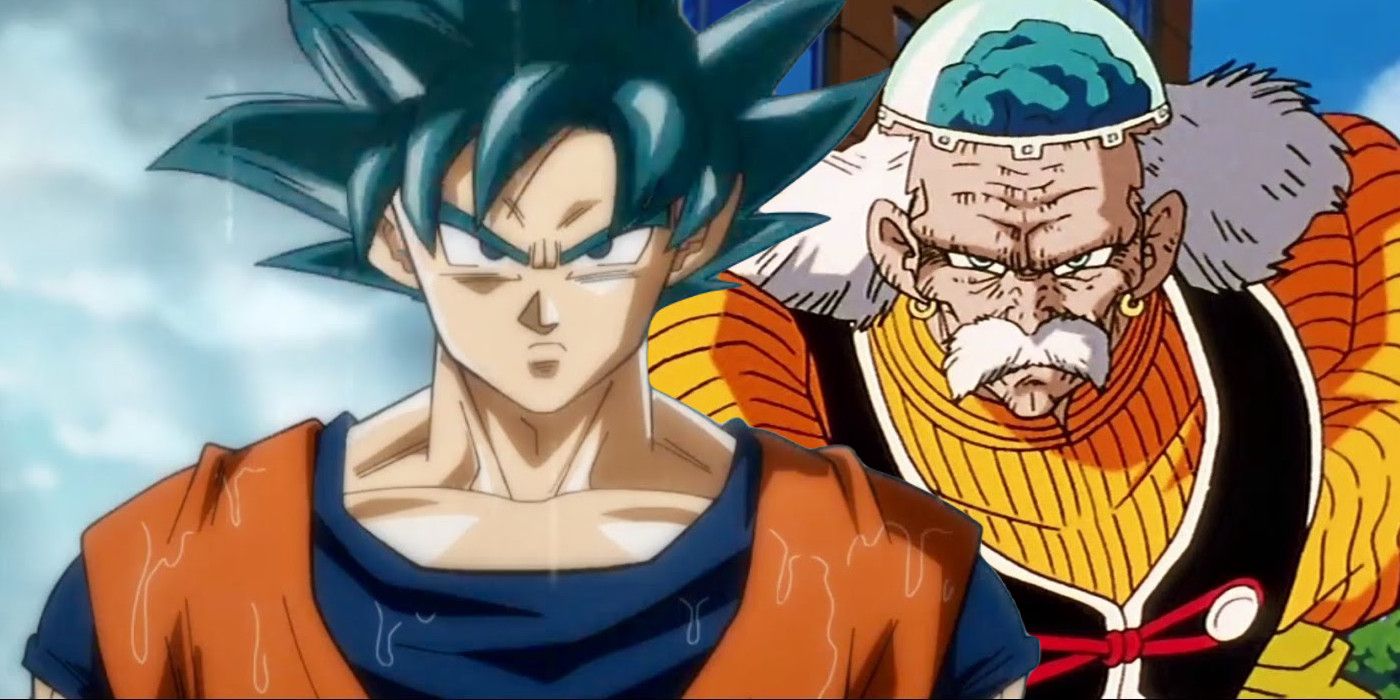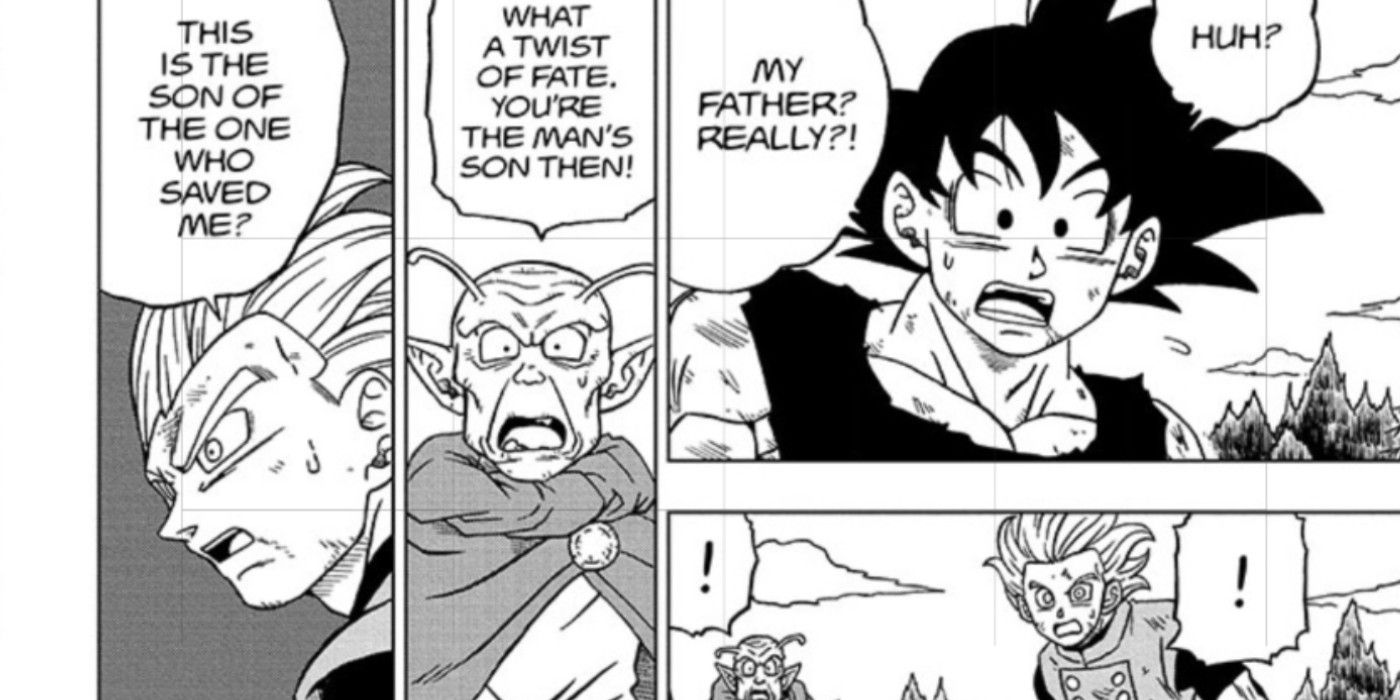Recent Dragon Ball Super stories are bolstering pre-existing mythos by revisiting popular moments more effectively than even Dragon Ball Z ever did - even during the Android and Cell sagas. Those sagas were innovative when compared with the franchise's other arcs because mangaka Akira Toriyama successfully reintroduced forgotten characters and organizations in a compelling way that didn't feel forced or unlikely.
Although Dragon Ball Z was an incredibly successful series, Toriyama illustrated himself into a corner long ago by how powerful he portrayed Goku and his allies because it required him to come up with excuses on how there could possibly be anymore villains stronger than Earth's previous threats, a phenomenon that continues to worsen the longer the franchise continues. But bringing back the Red Ribbony Army's head scientist Dr. Gero from the original Dragon Ball series was ingenious on numerous levels. Dr. Gero originally created the first androids for this paramilitary criminal organization, and in DBZ, he is responsible for the creation of many robotic villains including Cell. Not only are the capabilities of androids naturally more flexible than organic species (which yields more story line possibilities), but most fans outside of Japan never read Dragon Ball at the time, so the threat seemed fresh for most readers while broadening their understanding of the overall universe.
But now a single Dragon Ball Super arc is both revisiting and combining two separate story lines rather than just one: how Frieza originally conquered other worlds with Saiyan mercenaries and the history of Goku's father Bardock. DBZ originally introduced the former tale exclusively by word of mouth and brief flashbacks as these events transpired before the events of Dragon Ball. This time period was later explored further in the film Bardock: The Father of Goku, which simultaneously introduced Goku's origins, a history the franchise later retconned in the movie Dragon Ball Super: Broly. Excluding Dragon Ball GT's Baby, Super's villain Granolah the Cerealian is the first time Goku is really forced to contend with the sins of his people. The Cerealians are one of the many races completely eradicated by the Saiyans in the name of Frieza, and Granolah wants revenge. But by chapter 76, Dragon Ball Super throws another variable into the mix: Goku's father Bardock, who later installments reveal actually saved Granolah.
Dragon Ball Z's Android and Cell sagas diverted from not only what had been the norm at the time but continued to be for awhile by bringing back a previously forgotten organization and strengthening pre-existing mythos rather than introducing completely new (and sometimes random) villains. But Dragon Ball Super's Granolah the Survivor arc is reviving this legacy more deeply and effectively as before. By revisiting numerous concepts and characters, Super can tell new stories while also offering throwbacks to celebrated moments in the franchise's history that many fans are passionate about.
Reintroducing a villain like Dr. Gero most fans had either forgotten or didn't even know about had a positive effect on fans by peddling to their nostalgia or curiosity. That said, it's not a stretch to say that the Red Ribbon Army isn't what fans enjoyed most about Dragon Ball, let alone their favorite villain organization. But everyone loves Saiyans, as made apparent by how well Universe 6's Saiyans were received, and are therefore intrigued by their history, which includes the races they destroyed for Frieza. The same might not have been the case with Goku's father, however, as very few watched the original Bardock film, but now it makes sense why Dragon Ball Super: Broly decided to retcon Bardock's story. It was not only to strengthen an already compelling movie but to reintroduce Goku's father to fans before bringing him back to life in the main series in what is turning out to be Dragon Ball Super's best arc that even rivals DBZ.


